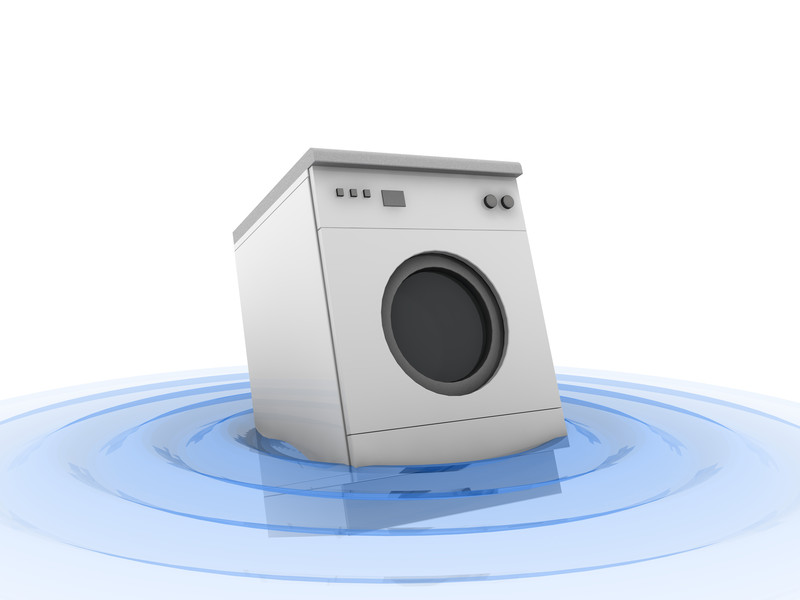Almost everyone is bound to have their own opinion on the subject of The Best Tips for Cleaning Up After A Washing Machine .

Just how you hand those priceless minutes after your cleaning maker leaks as well as floods can impact just how fast your residential property obtains restored. Recognizing what you have to do and who to call can conserve you from substantial damages. It will certainly likewise aid aid you in declaring home owners insurance policy protection. Take a look at these leading ideas below:.
Cleaning Equipment Overflows And Floodings.
- 1. Shut off the power at the breaker (to all influenced locations of your house).
- 2. Disconnect the washing machine.
- 3. Turn off the water to the washer.
- 4. Do not make use of the washing equipment until gotten rid of by an electrical contractor or qualified service technician.
Shut off the Power.
Turn of the breaker where the washing equipment is. It is important to make certain the washing machine is off. Water is a conductor, and also doing this step guarantees no person suffers from electrocution. Besides, you must not use your washer until a professional service technician has inspected it.
Shut Off Water Supply.
You must switch off the water supply of the maker. Whether it overruns for unidentified factors, breaks down in the lower pipes, or ruptures the primary pipe, you will certainly be dealing with incredible amounts of water. If the neighborhood supply line to the washing machine does not close it off, you should shut off the main water shutoff outside your home.
Call the Pros.
If you suspect the issue is with your water line, you need to call a qualified plumber. However, if you are not sure, call a washing machine service technician for a quick evaluation. This person can inform you finest what the issue is. Maybe an issue with the device itself or the pipelines linking to the device.
Record the Damages.
Before cleaning up this emergency flooding circumstance, you should record every little thing. Keep in mind, photos, as well as video clips. It would be best if you had every one of this as proof to support your insurance cases. After that you can call your property owner's insurance coverage supplier to inspect what other requirements they require to refine your request.
Take Out the Standing Water.
As you await the plumber or repair service service technician to come, you have to take care of the flood. If your washing machine remains in the basement with considerable flooding, you need a completely submersible pump to get the water. You can rent or borrow this. Nonetheless, if it occurs in the middle of the evening, the old bucket technique will certainly additionally work. Use numerous pails to manually unload out the water. It would be best if you did this as soon as possible, as the longer the water remains, the more substantial the damages.
Dry the Area as Long As Possible.
After securing the standing water, obtain sponges or old towels to draw out as much water from the flooring or carpet. Maintain the home windows open to circulate the air. You might likewise utilize electric fans to accelerate the drying process. Remember, water will certainly create mold as well as mold and mildew development which is dangerous to your health. If you really feel that the situation is excessive to handle, you can likewise look for water elimination solutions from a remediation firm. Your insurance policy claim might additionally help pay for this service, so just ask.
Remember, a damaged washing machine with leaking pipelines will cause devastating damage due to the large amounts of water it can unload. Therefore, it would help to have your machine as well as water lines inspected every year. You can look for assistance from a respectable plumber to change your supply line pipes. Doing assessments avoids difficult malfunctions as well as expensive malfunctions.
Washing Machine Drain Issues And How To Handle Them
Few household problems can compare to an overflowing washing machine. Chances are, you use your machine daily, if not more. Once it overflows, you ll be stuck without an in-house washing machine and with gallons of water spilling into your home, causing significant damage and, often, costly repairs.
The solution: get ahead of overflowing washing machines with scheduled maintenance and annual check-ins and if your machine does begin to overflow, act fast. This simple approach can help you curb issues and curb costly damage down the road.
Why Does a Washing Machine Overflow?
Washing machines overflow for a variety of reasons the leading culprit, though, is a clog in the drain pipe. Lint and other debris come off of clothing during the wash cycle and are drained from the unit alongside the dirty water, potentially leading to clogs that can wreak havoc on your drain pipe. Old or damaged pipes, a kink in the discharge hose, a blockage in the main sewer line and wrong-sized pipes are other common problems.
How do I Stop an Overflowing Washing Machine?
If the machine starts overflowing, turn it off immediately to stop the water flowing. Next, clean any water that s overflowed to minimize damage a dehumidifier or fan are also helpful for drying moisture from the spill. While you may need to call a plumber for assistance, it s important to check and confirm the drain pipe and discharge hose are still connected. If they are, then you know a clog may be present.
How to Prevent a Washing Machine Overflow
- Use a garment or lint bag to reduce the risk of clogs
- Inspect and clean your machine s lint trip or filter monthly, if one is present
- Ensure that there is at last 1/2 of space between the drain pipe and discharge hose for ventilation
- Confirm the discharge hose is correctly attached to the drain pipe. Keep in mind, basic vibration can loosen the connection.
https://choateshvac.com/overflowing-washing-machine-drain-fix/

I was made aware of that editorial about My Washing Machine Flooded the House from a good friend on another web address. In case you enjoyed reading our page please remember to share it. Bless you for your time. Visit us again soon.
Contact Us Now
Comments on “Handling Unexpected Flooding Due To Your Washer: Important Guidelines”